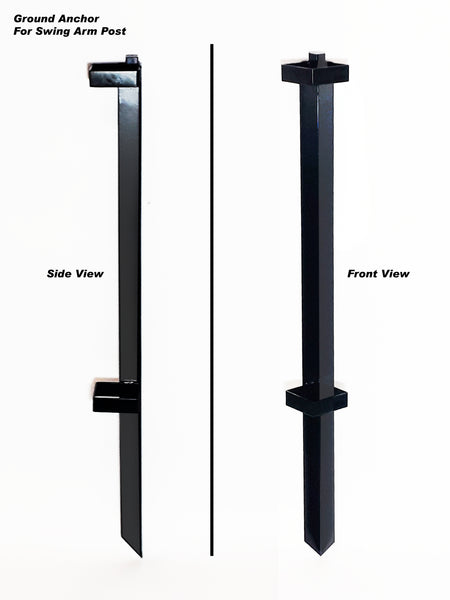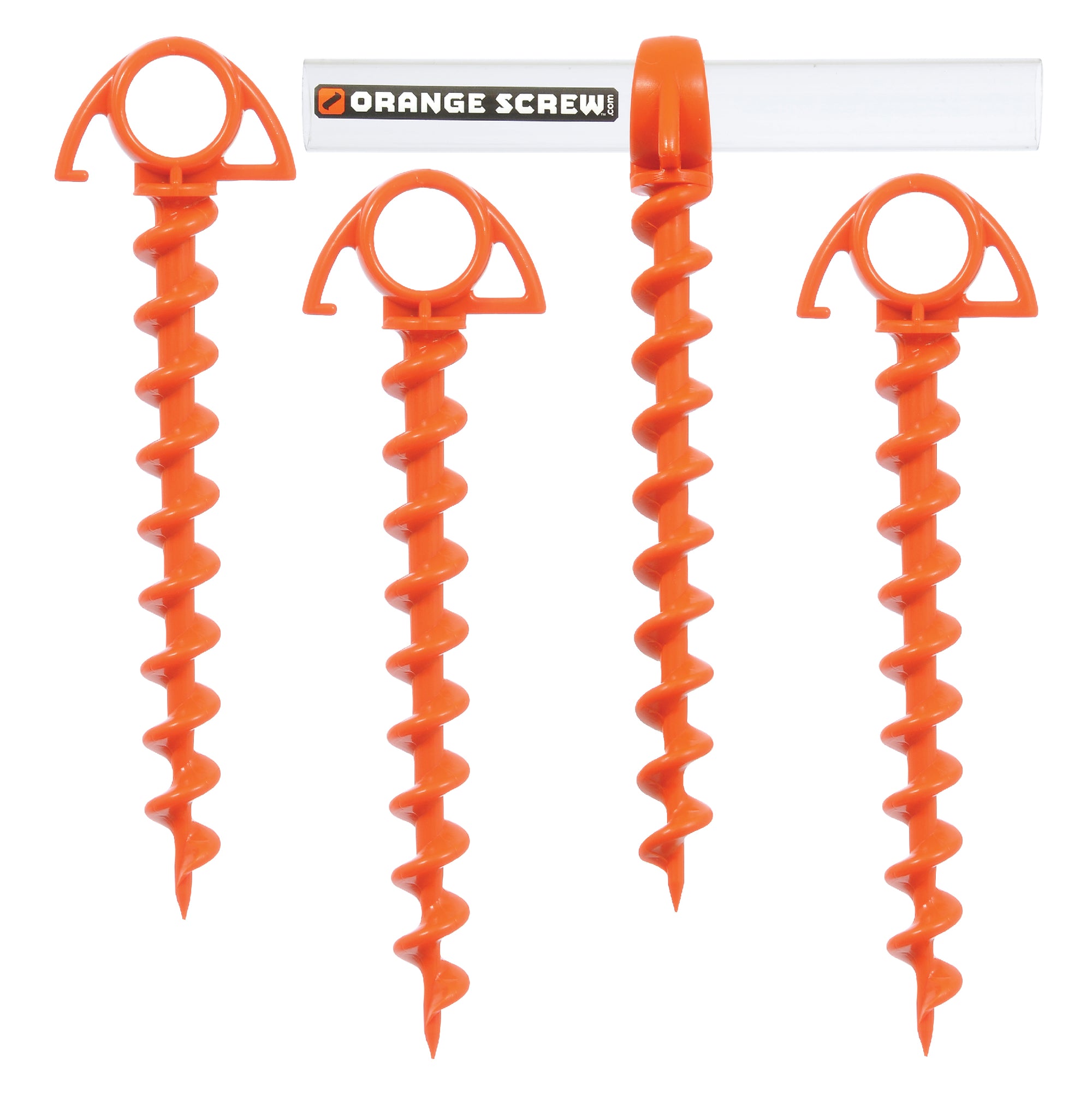Security Experts Share Insights on the Best Ground Anchor Solutions
Security Experts Share Insights on the Best Ground Anchor Solutions
Blog Article
Explore the Different Types of Ground Anchor for Your Next Project
When beginning on a building or landscape design job, understanding the various kinds of ground supports readily available is important to ensuring both stability and durability (Ground Anchor). From auger anchors, which excel in varied soil conditions, to risk supports designed for temporary installations, the options are countless. Furthermore, concrete and screw supports existing special benefits in details scenarios, while deadman anchors are customized for applications needing resistance to lateral forces. The option of an appropriate support kind can substantially influence the total success of your task, motivating additional exploration into their corresponding benefits and applications.

Auger Anchors
Auger anchors are a prominent choice in numerous building and construction and landscape design projects as a result of their one-of-a-kind layout and effective securing capacities. These supports contain a helical screw-like shaft that is driven right into the ground, permitting a secure and protected hold. The spiral style facilitates simple installment and optimizes resistance versus side pressures, making auger anchors specifically effective in applications such as secure fencing, short-term structures, and disintegration control.
The setup process of auger anchors is reasonably straightforward. Auger anchors can be easily gotten rid of and reused, which adds to their cost-effectiveness and sustainability.
Among the substantial benefits of auger anchors is their capacity to distribute tons evenly throughout the surrounding soil, lowering the danger of dirt disruption and lessening environmental influence. In addition, they are much less susceptible to heaving or loosening gradually compared to conventional anchoring methods. Consequently, auger supports are an outstanding selection for tasks needing resilient and reliable anchoring remedies.

Stake Anchors
When it comes to protecting frameworks in a range of outdoor applications, stake supports use a dependable and uncomplicated service. These anchors are generally constructed from sturdy products such as steel or light weight aluminum, developed to stand up to environmental tensions while providing optimal security. Their straightforward design permits fast installment, making them an excellent selection for short-lived or long-term anchoring needs.
Stake supports are specifically valuable in safeguarding tents, canopies, and other lightweight structures against wind and weather condition. They work by being driven into the ground at an angle, producing a strong hold that stands up to pull-out pressures - Ground Anchor. The efficiency of risk anchors depends on several factors, consisting of dirt kind, dampness content, and the angle of installment
For included safety and security, several stake supports come with add-on points for straps or ropes, permitting stress modifications as required. In applications such as landscape design or building and construction, they can effectively support tools or frameworks on uneven terrain. On the whole, risk anchors give a affordable and versatile option for safeguarding various outside installments, making them a recommended option for specialists and do it yourself lovers alike.
Concrete Anchors
Concrete anchors give a robust service for protecting frameworks to concrete surfaces, making sure security and security in different applications. These anchors are essential for tasks varying from residential constructions to massive commercial setups. They are available in various types, consisting of development anchors, adhesive anchors, and undercut supports, each designed for particular load demands and ecological conditions.
Development anchors depend on mechanical systems to grip the concrete when set up. They are ideal for medium to durable applications. Sticky supports use high-strength epoxy or material to bond the anchor to the concrete, supplying premium load-bearing capabilities, specifically in broken concrete situations. Undercut anchors produce a distinct shape within the concrete, supplying remarkable holding power, specifically in applications where tensile tons prevail.
Selecting the appropriate concrete anchor includes taking into consideration variables such as the weight of the tons, the problem of the concrete, and environmental conditions. Proper installment methods are important to ensure optimum performance and integrity. When performed properly, concrete supports dramatically boost the structural stability of different jobs, making them vital in contemporary construction methods. Recognizing the particular demands of your project will certainly assist in picking the right kind of concrete support for the job.
Screw Anchors

Screw anchors are a flexible fastening solution that can be properly used in a selection of applications where standard concrete anchors may not be adequate. These supports include a helical layout that permits them to be quickly driven right into the ground, making them suitable for usage in dirt and other substrates. Their one-of-a-kind framework provides excellent holding power and resistance to pull-out pressures, making them ideal for countless tasks, from landscaping to architectural support.
One of the key advantages of screw supports is their simplicity of setup. They require very little equipment and can often be mounted without the demand for excavation, which saves both time and labor expenses. Additionally, screw supports can be removed and recycled, offering a lasting remedy for momentary applications.
Screw anchors are specifically useful in locations where dirt problems my site are testing, such as sandy or loose soils. Their ability to be mounted at varying midsts permits get more modification based upon particular job needs. Overall, screw anchors provide a effective and reliable anchoring technique, making them an outstanding option for engineers and specialists seeking efficient solutions for their jobs.
Deadman Anchors
Deadman anchors function as a durable remedy for maintaining frameworks in tough problems, particularly where traditional anchoring methods may fall short. These supports contain huge, heavy objects buried underground, which create resistance versus lateral pressures. The style usually includes a horizontal component, such as a block of concrete or a steel plate, hidden in the soil, to which bands or cords are connected.
The effectiveness of deadman supports lies in their capability to disperse tons over a bigger location, decreasing the threat of failure in unsteady soil problems. They are especially advantageous in applications such as preserving walls, temporary structures, and incline stabilization, where dirt movement can compromise the honesty of the framework.
Setup of deadman anchors needs cautious preparation to guarantee they are put at the appropriate depth and orientation, optimizing their load-bearing capacity. While they may require even more labor and product than light-weight supports, their integrity in unfavorable conditions makes them vital for lasting projects. In addition, deadman anchors are versatile and can be adapted to various applications, making them a go-to choice for designers dealing with one-of-a-kind challenges in their tasks.
Final Thought
In recap, picking the ideal kind of ground support is crucial for ensuring security and safety in various jobs. read this article Auger anchors stand out in diverse dirt conditions, while stake supports suit short-lived applications. For concrete surfaces, development and sticky anchors give dependable options, and screw supports supply flexibility in tough terrains. Deadman supports are particularly reliable in resisting lateral pressures for keeping walls. Mindful factor to consider of these choices will boost project results and architectural stability.
Furthermore, concrete and screw anchors present distinct benefits in specific scenarios, while deadman anchors are tailored for applications requiring resistance to side forces - Ground Anchor.Auger anchors are a popular option in different building and landscape design jobs due to their one-of-a-kind design and efficient anchoring capacities. They come in different types, including expansion anchors, sticky supports, and undercut supports, each made for details lots needs and ecological conditions
Glue anchors utilize high-strength epoxy or resin to bond the support to the concrete, supplying premium load-bearing capacities, specifically in split concrete situations. In general, screw anchors supply a efficient and dependable anchoring approach, making them an exceptional option for designers and specialists seeking effective options for their projects.
Report this page